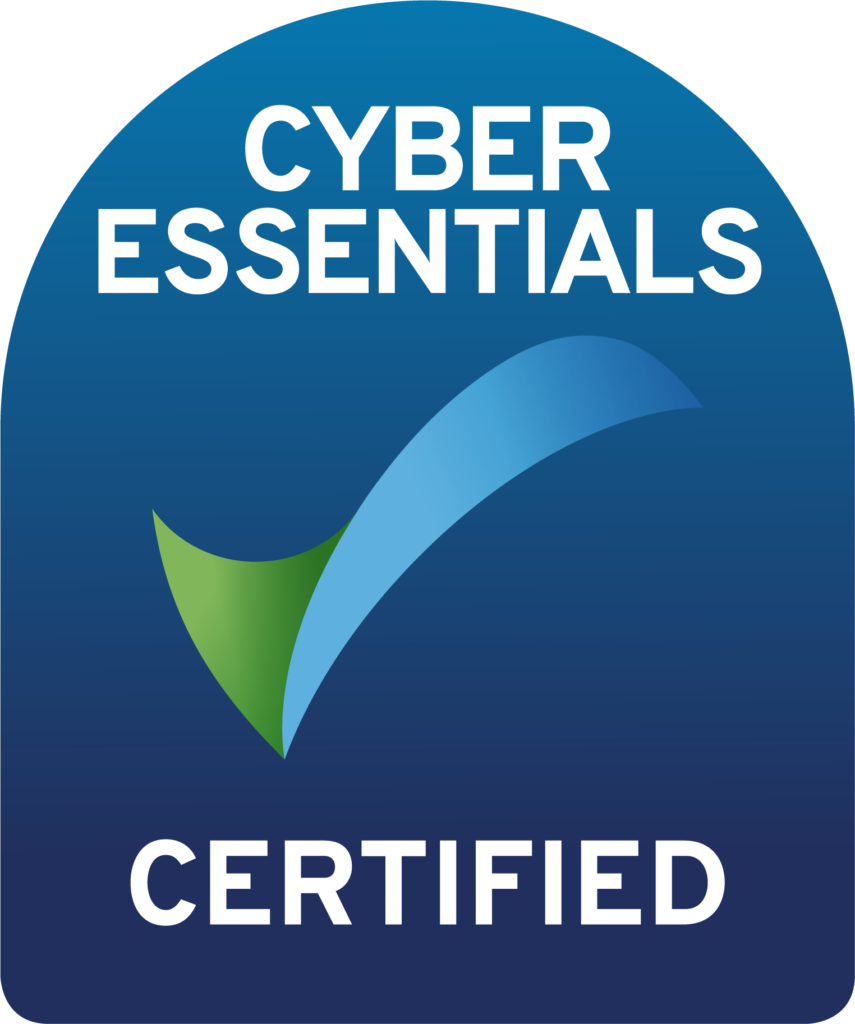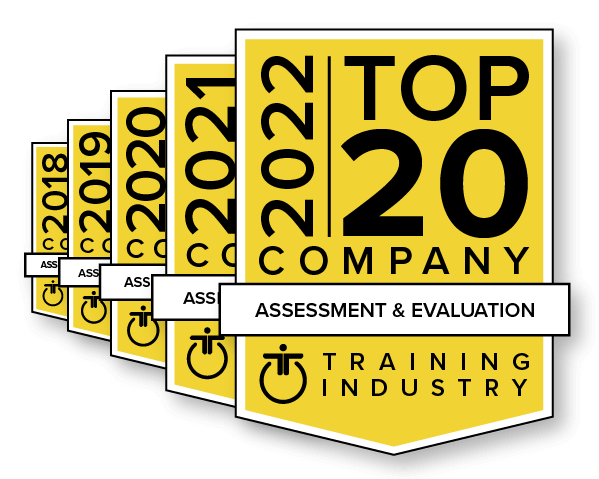There are many parts of remote working that employees enjoy and that are working well for them—but there are still tradeoffs to working remote. Virtual employees may have a looser sense of connection to the organization’s goals, which negatively impacts performance, culture, and retention. Another threat is burnout from the lack of boundaries around the workday and the sense that they’re “on” 24/7.
Remote managers face a lot of these same challenges, but in addition, they need to be much more intentional about their management style to keep remote employees engaged. You need to communicate enough that people know you care about them, but without micromanaging. In-office managers have actually learned a lot about this kind of intentionality from remote managers, so whether you manage people who are remote, hybrid, or onsite, you’ll find great takeaways in this article.
Here are the nine areas great remote managers approach thoughtfully and intentionally:
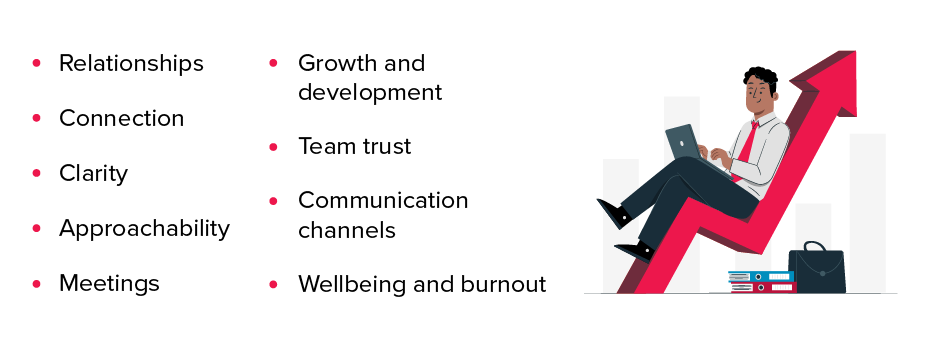

No matter where your team works or what technology connects them, great managers take a human-centered approach. They recognize that each person is different and that those differences should be respected and celebrated. Having strong relationships with each of your team members will promote their engagement and wellbeing (see section 9), and help them work better to meet individual, team, and organizational goals.
But the remote setting lacks the water cooler conversations, hallway interactions, and impromptu office lunches that connected people in the past. Relationships don’t just happen by accident in a virtual work setting. One of the best strategies you can use to know and understand your people is Relationship Intelligence (RQ): the insight that lets you adjust your leadership approach with each individual and make interactions more effective. Introducing RQ skills to your team will support your relationships with them and their relationships with each other, growing trust (see section 8) and leading to better results.
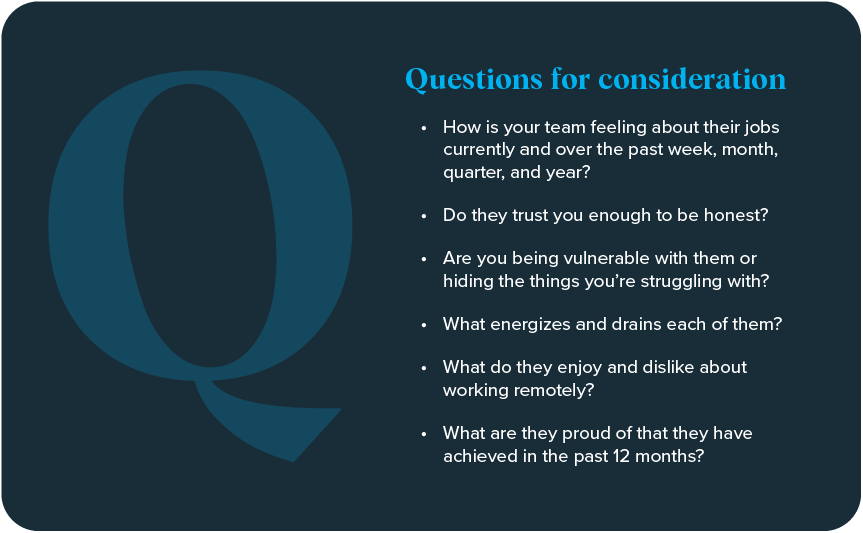

Every human being wants to feel a sense of connection to their colleagues, team, manager, and the organization. Going beyond individual relationships (see section 1), we all want to feel part of something bigger—but working remotely can dilute that sense of belonging. The manager plays a key role in ensuring that everyone maintains this sense of connection by being intentional and consistent with communication.
Develop a system to keep everyone who should be aware of certain information in the loop. Without a system, some people will get overlooked, especially if they work in distant time zones. And stay close to your people; just as important as scheduled conversations to see how they’re feeling are scheduled conversations about how team processes and performance are working for them. This kind of systematized communication helps people feel valued and involved in the direction of the organization.

Every employee wants to know what’s expected of them and how they’re meeting those expectations. Remote managers need to be very clear about the direction, purpose, values, goals, and performance of the team and organization—and how individuals fit into those objectives. Don’t assume that everyone gets it.
Schedule regular meetings (see section 6) to discuss mutually-agreed-upon objectives, and use a select few communication channels (see section 5) to ensure people are informed about how the team is doing in the easiest way possible. A project management system gives everyone visibility and access, and allows individuals to set meeting agendas about project progress.
Directors and senior directors should have quarterly town hall meetings so everyone can hear from the higher-ups and understand how their jobs fit within the organizational direction as a whole.

As a remote manager, you’re not visible in the office every day. So, it’s absolutely critical to have one-on-one time with each direct report—at minimum, a quick check-in once a week, then longer conversations about every other week (see section 6). Don’t assume that people are doing okay just because they haven’t reached out to you.
Make sure people know that these meetings are for you to support them and not to inspect what they’re doing. You could open the conversation with a sentence like, “I care about you and I’d like to understand how things are for you right now.” The goal is to leave people feeling more inclined to want to speak to you next time; you want them to come to you first if they have a problem, without fear of being judged.
To that end, ensure they know how to contact you and when. Share your preference for communication channels (see section 5) and give them visibility into the free time on your calendar.

When you work remotely, you’re naturally going to have more meetings. But employees often cite meetings as productivity blockers taking up too much time in their week. This means every meeting should be intentional.
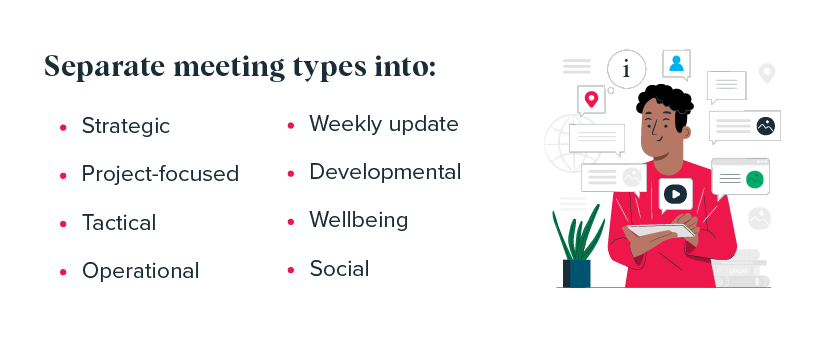
All of the above are likely critical to the success of your team, so make sure none of them get missed in the virtual context. Social meetings, in particular, usually get cut first. Use an application or similar system that arranges 30-minute social catch-ups with randomly-selected colleagues so you spend equal time with everyone. At Core Strengths, we use the Donut app to catch-up with our co-workers across the globe.
Before each meeting, be clear with the team or individual about the type of meeting it is, the objectives, and the protocols such as cameras on or off, chat, and raised hand functions. Make sure everyone knows why they have been invited — or not invited.
At the start of the meeting, set the context and then allow others to speak first. This will let everyone contribute without fear that they’re just following your lead.

Managing remotely gives you unique opportunities to create and maintain a culture of continuous improvement. People can learn from each other by sitting in on their peers’ virtual meetings (see section 6)—previously impossible without travel. Both the observer and the people being observed will develop themselves and their institutional knowledge in this situation.
Make it a habit to have pre-meeting sessions to prepare and post-meeting sessions to review how it went and let the team capture takeaways from the meeting and share what they learned during the week.
People also feel more valued when they know the boss is focused on their growth and development. As a remote manager, it’s very important that you use some meeting time to co-create development plans for each person and support them in achieving their goals.

Trust takes time, but there actually is a way to speed up team trust: holding team development sessions on a regular basis (see section 7). During these sessions, spend time getting to know each other as humans outside of the work context.
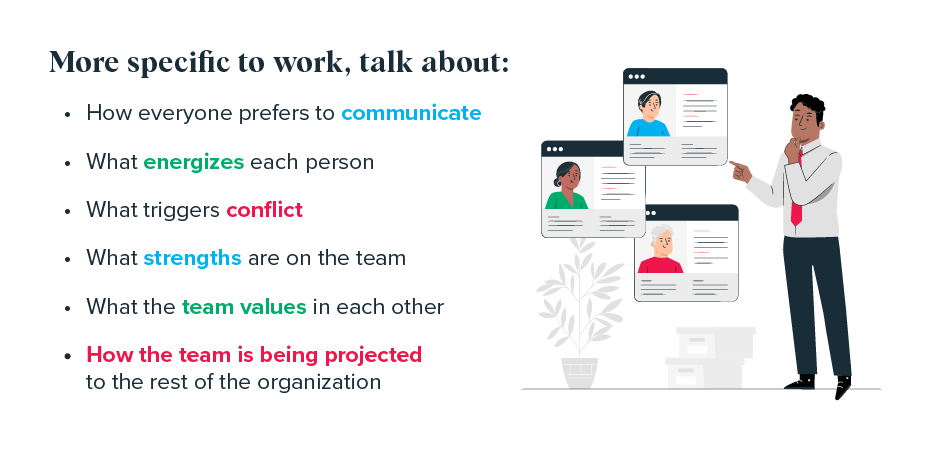

Many managers unintentionally slow down productivity—and annoy team members—by introducing too many communication methods.
Instead of using email, live chat, Slack, Teams, texting, and a project management platform to discuss the same project, get together with the team to identify the main purpose of each communication channel, then stop using the ones with duplicate purposes.
Then, agree on protocols for using the remaining channels, including when to switch them off (see section 9). The same goes for meetings (see section 6): when do you meet face-to-face, when do you use audio conference and video conference, and when, if ever, is an unscheduled phone call appropriate?

While it may not seem intuitive for leaders to concern themselves with wellbeing, you need a resilient workforce in the face of constant change. The best leaders build a work culture where who you are is more important than what you do. It’s about treating people like humans, not simply resources.
Working long hours is not a badge of honor. It’s imperative that you protect the downtime that your team deserves and their responsibilities outside of work by respecting their normal working hours. As a manager, creating a 24/7 working environment is often unintentional—but it’s still unsustainable.
These problems can largely be solved through intentional communication:
- Every time you’re about to send something, think about what time it is
- Put a note in your email signature along the lines of “I work flexibly, so regardless of the time of day I send this email, please do not feel you have to respond outside of your own working hours”
- Use tools that show you’re outside of working hours or you’re on vacation
- Stay offline when you say you will so other people feel free to be offline too
Core Strengths can help you become an even better remote manager
You have the power to drive the culture from the middle of the organization—up as well as down the org chart.
Start with learning about Relationship Intelligence (RQ), then check out our other tools to help you use RQ to become more effective at your job:



